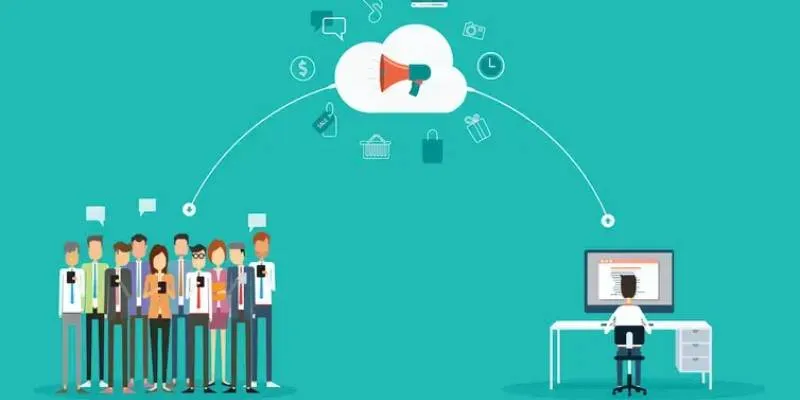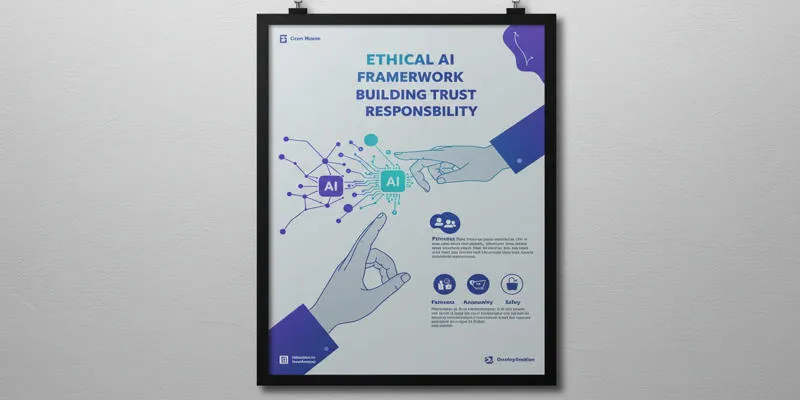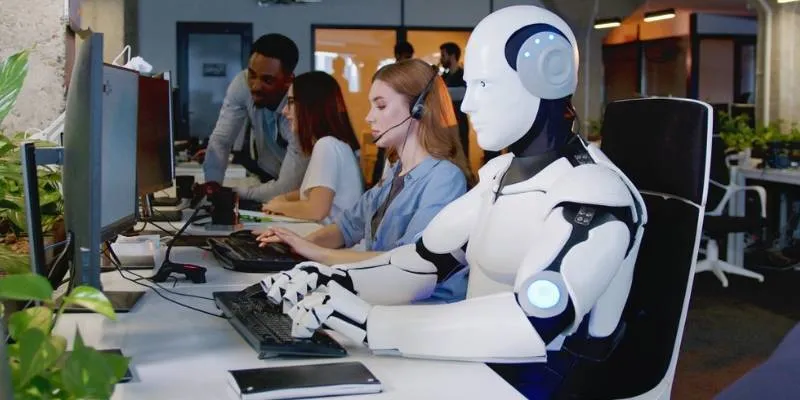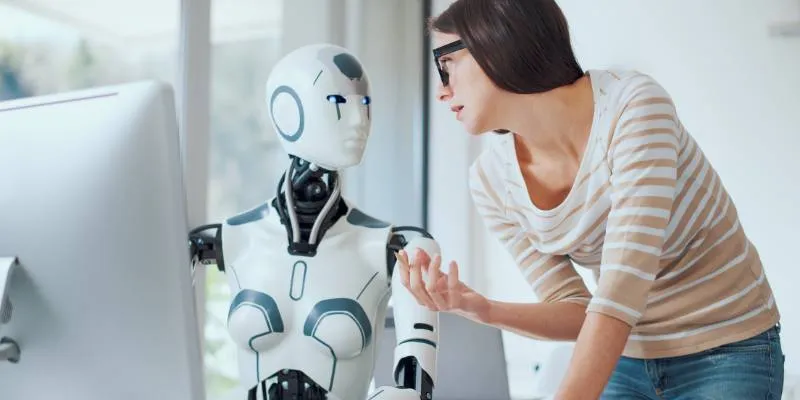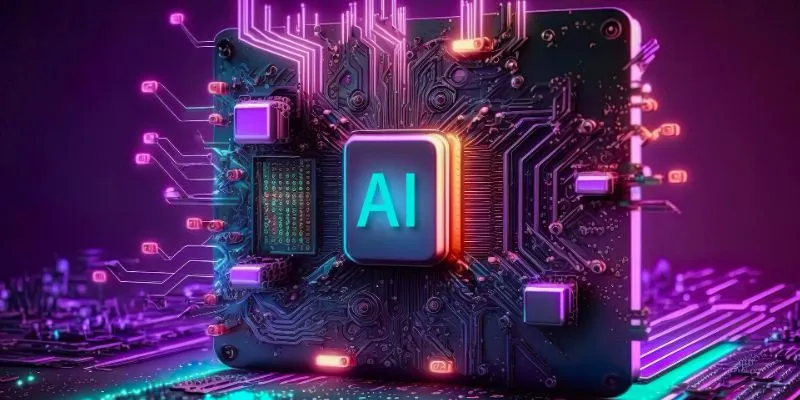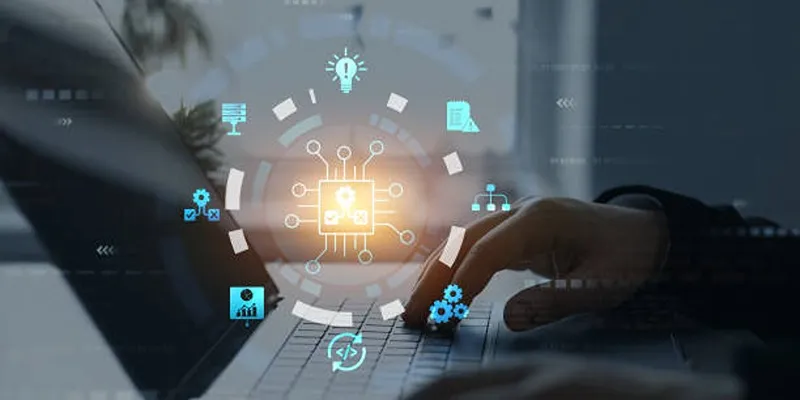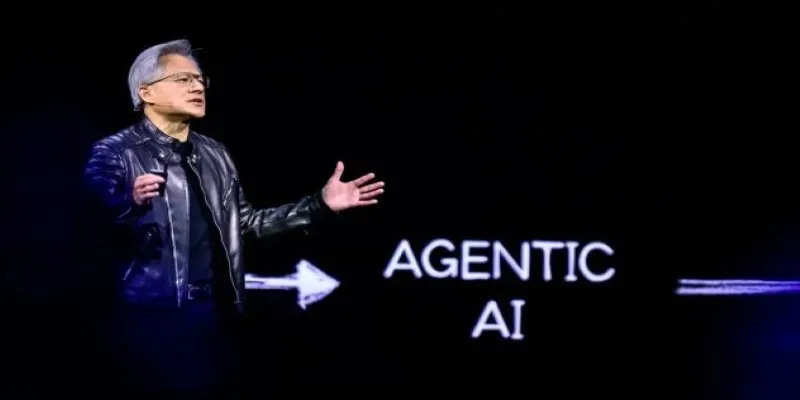Technology has always aimed to simplify life, but its impact is profound when it empowers people with disabilities. Many individuals face challenges in movement, communication, and independence daily. AI for Accessibility is reshaping this reality by creating equal opportunities and enhancing the quality of life. From smart voice assistants to AI-powered vision aids, technology is unlocking new possibilities for those needing additional support.
These innovations are not merely about convenience; they represent dignity and inclusion. This article delves into how AI is assisting people with disabilities, making the world more accessible, supportive, and connected for everyone.
The Role of AI in Enhancing Communication
The ability to communicate is crucial for living with confidence and independence. However, for many people with disabilities, communication can often be a daily challenge. AI for Accessibility is making a significant difference by breaking down barriers and opening new avenues for expression.
For individuals with speech difficulties, advanced voice recognition tools enable users to convert text into speech or translate spoken words into text, facilitating easier and more natural conversations. People who are deaf or hard of hearing benefit from real-time captioning during video calls, meetings, or live events, ensuring they remain fully engaged without missing critical details.
AI is also being harnessed to develop automated sign language interpreters, poised to revolutionize accessibility soon. Additionally, AI-powered chatbots simplify digital communication by providing instant support and answers, allowing users to navigate websites or applications without human assistance. These solutions illustrate how AI is helping people with disabilities connect, share, and socialize more freely than ever.
AI Solutions for Physical Assistance
Physical disabilities often present daily challenges that many people never
consider—such as moving freely, reaching for objects, or feeling safe at home.
AI for Accessibility is transforming this by introducing smart tools that
offer tangible assistance. Today’s AI-equipped wheelchairs do much more than
move. They can detect obstacles, navigate pre-charted paths, and even respond
to voice commands, offering greater independence and confidence in busy or
unfamiliar
environments.
Wearable devices with AI sensors add another layer of safety and support. They guide users around obstacles, assist with climbing stairs, and alert caregivers in case of a fall or emergency. AI is also redefining prosthetics. Smart robotic limbs can now learn from the user’s movements, providing a smoother, more natural experience.
AI-driven devices are becoming life-changing at home. Voice-controlled systems enable users to operate lights, open doors, or adjust appliances without physical effort. These innovations are not just about comfort—they are about restoring independence and genuinely assisting people with disabilities in meaningful ways.
Vision and Hearing Assistance with AI
For individuals with visual and hearing impairments, technology is more than just helpful—it’s transformative. AI for Accessibility is unveiling new ways for people to interact with their surroundings. For those with vision loss, AI-powered apps can turn a smartphone into a smart guide. These apps can describe nearby objects, read signs or printed text aloud, and even recognize faces. Some apps utilize the phone’s camera to help users navigate unfamiliar areas, providing step-by-step audio instructions to avoid obstacles and reach destinations safely.
Hearing assistance has also advanced significantly. Modern hearing aids with AI technology are more intelligent than ever. They can diminish background noise, making conversations clearer even in noisy environments. These devices learn from daily routines, automatically adjusting sound settings to suit changing situations.
What makes these tools exceptional is not just the technology but how they promote independence. AI for Accessibility is no longer about easing tasks—it’s about empowering people to move freely, communicate effectively, and live with dignity. It’s about assisting people with disabilities in ways that truly impact their daily lives.
The Future of AI for Accessibility
The future of AI for Accessibility holds tremendous potential, with technology
evolving from general solutions to highly personalized support. Instead of
creating tools that work uniformly for everyone, AI will adapt to each
individual’s specific needs, abilities, and routines. This personalized
approach will enable people with disabilities to interact with technology in
ways that feel natural and
effortless.
Machine learning is advancing to understand human behavior more profoundly. Future AI systems might detect early signs of stress, mood changes, or health concerns, allowing caregivers or family members to provide timely support before issues arise.
Education will also experience significant improvements. AI-powered learning platforms will customize lessons based on the user’s pace and learning style, making education more accessible and inclusive for everyone.
As awareness of inclusive technology grows, more companies focus on assisting people with disabilities through thoughtful design and innovation. In the coming years, accessibility will not be an added feature—it will be integral to technology, ensuring equal access and opportunities for all.
Conclusion
AI for Accessibility is not just about advanced technology—it’s about creating a world where everyone can live independently and with dignity. By assisting people with disabilities in communication, mobility, and daily tasks, AI is breaking barriers that once limited opportunities. These tools are reshaping how people interact with their environment, granting them greater control and confidence in their lives. As technology continues to evolve, its role in enhancing accessibility will only strengthen. The future looks promising, with AI paving the way toward a more inclusive, supportive, and compassionate world for individuals of all abilities.
 zfn9
zfn9
